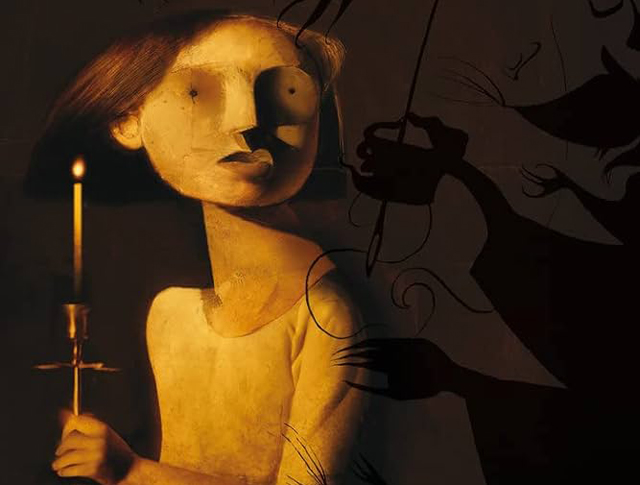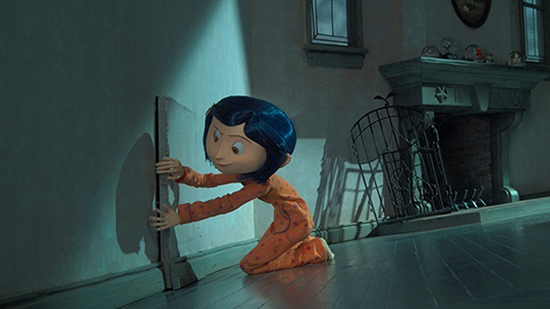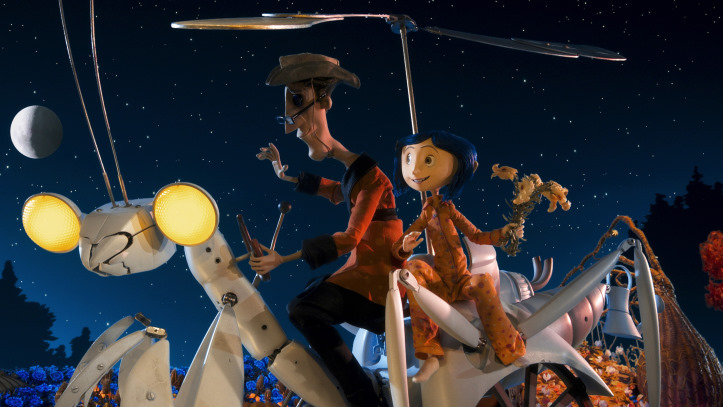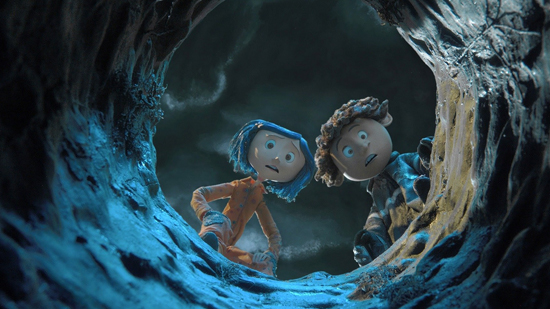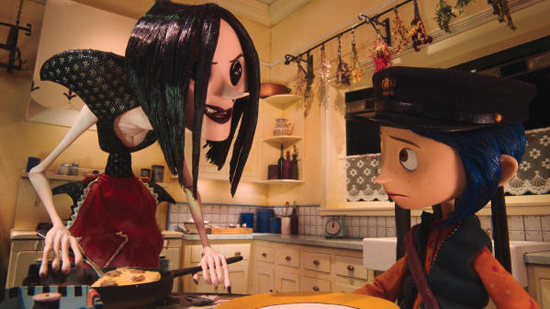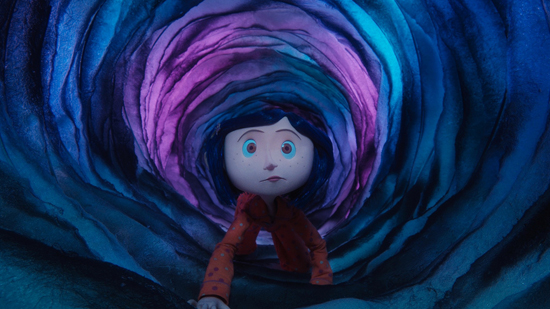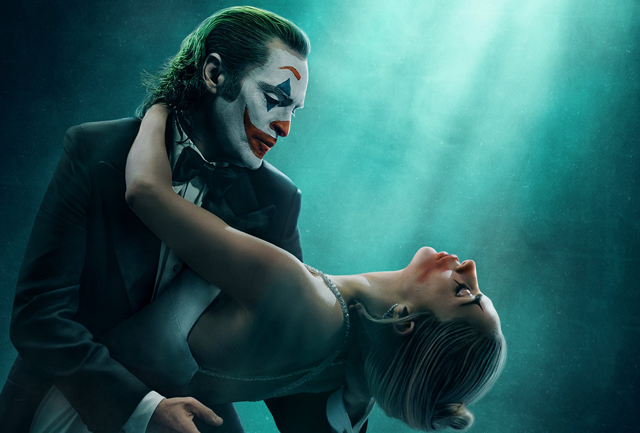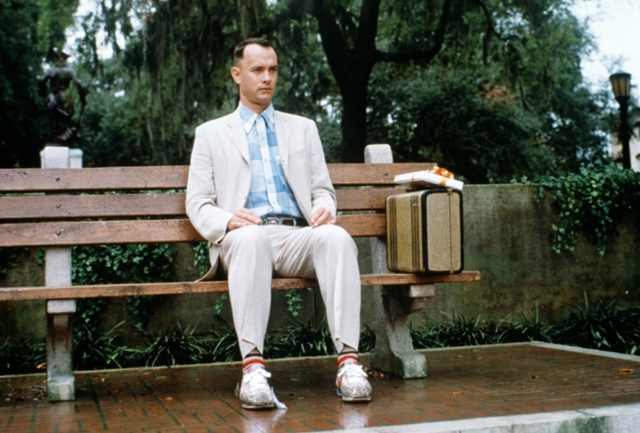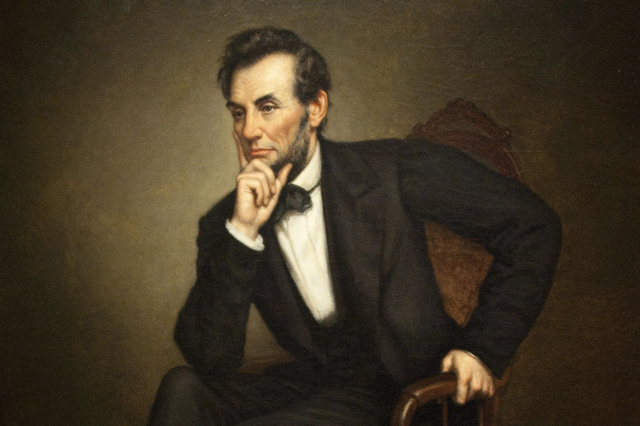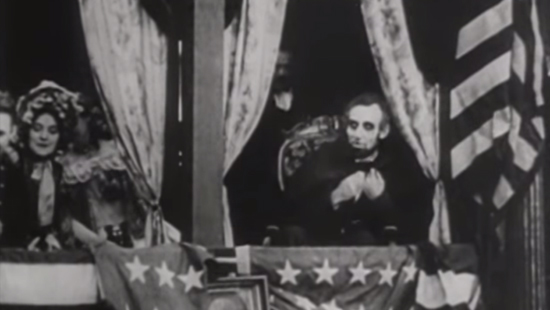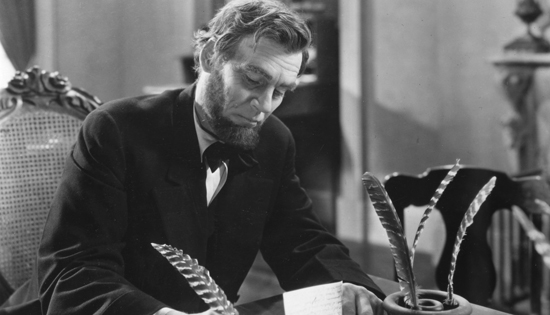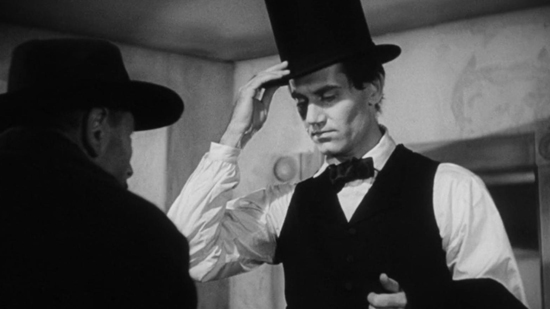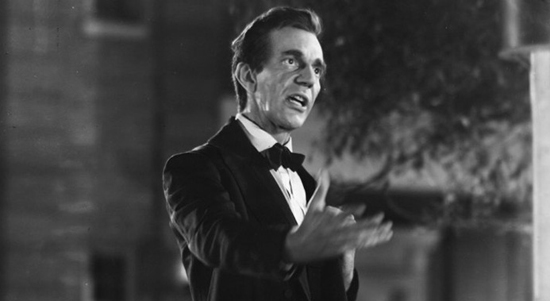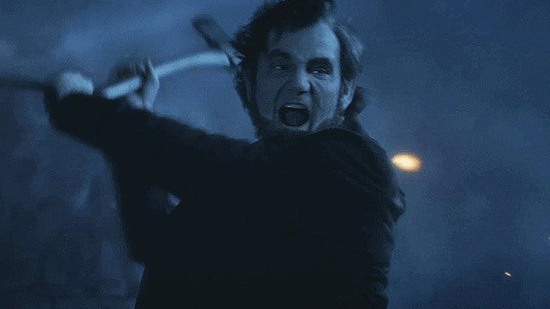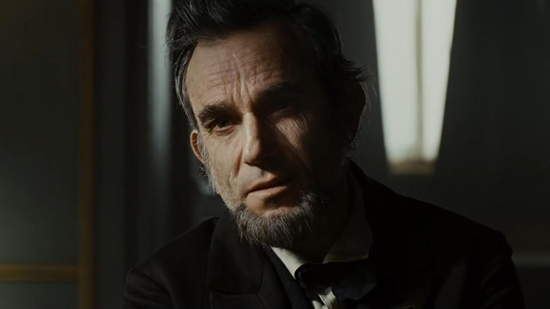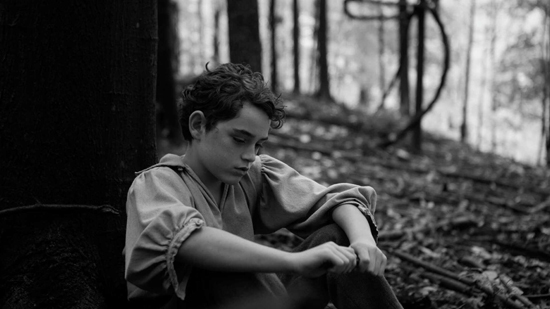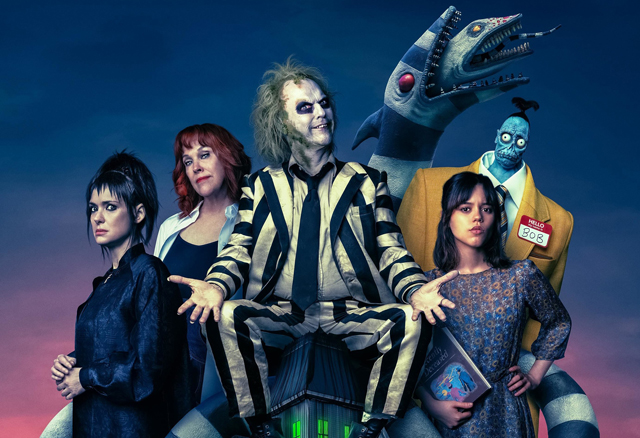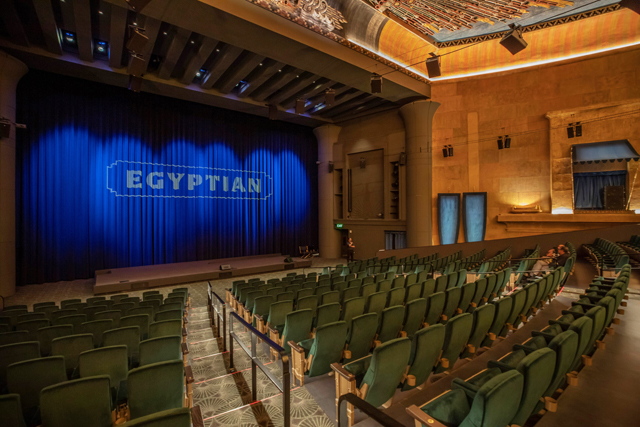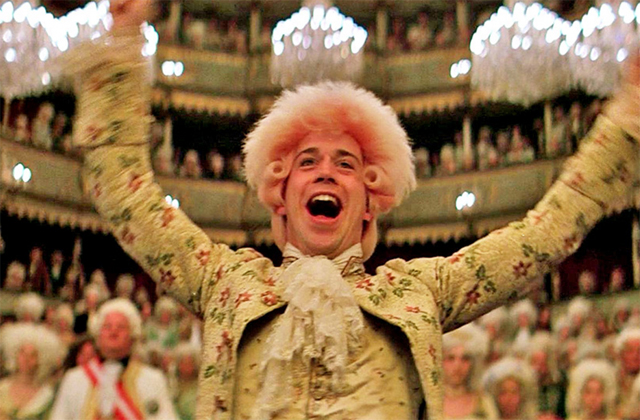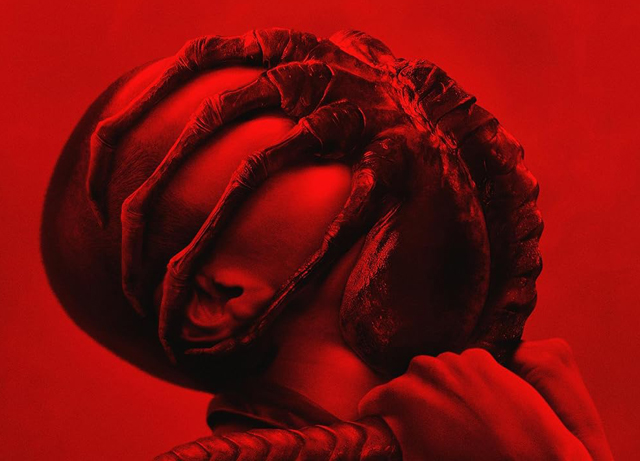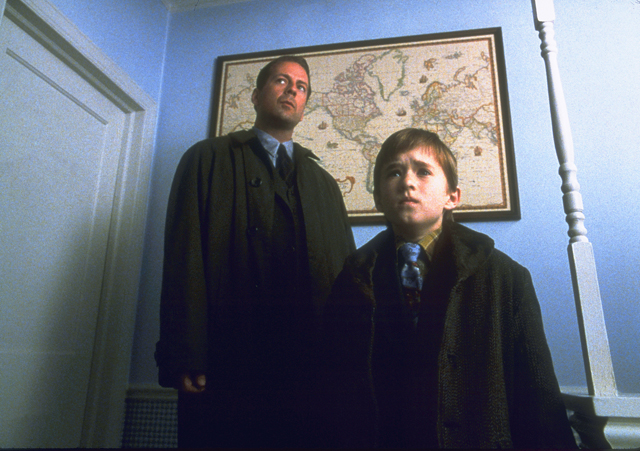
The horror movie genre looks a lot different today than it did a quarter century ago. While some things haven’t changed, like Hollywood chasing success in the genre with an endless number of sequels, the style of horror movies is much different, and that is due to a shift to a more auteur driven flow within the genre. One thing that has made horror movies so appealing to the movie studios in Hollywood is that they are a low risk, high reward product for them to invest in. Horror movies tend to be cheap to make and are able to perform well at the box office, meaning that it’s a genre with a track record of profitability. Unfortunately, during the 80’s and 90’s, the cheapness of horror movies became much more of a defining feature of the genre. The movies of that era could never be considered high art, and were for the most part just manufactured to put butts into seats, typically from less discerning teenage and college age audiences that just wanted cheap thrills. But even those demographics were growing tiresome of the same old tricks that the Hollywood was giving us in the horror genre. Particularly towards the end of the 90’s, horror had just been reduced to schlock, with emphasis on cheap jump scares and gross out gore as a means of entertaining their audiences. There were bright spots to be sure, like Wes Craven’s iconic Scream (1996), but even that got drowned out by a dozen Scream clones that followed in it’s wake. Horror was in desperate need of a re-evaluation, which for a lot of people was a desire to take the control of the genre out of Hollywood executive offices and back into the hands of filmmakers who had a real hunger for changing the rules of the genre. Horror films has been a great breeding ground in the past for visionary directors, such as George A. Romero, John Carpenter, and Brian DePalma. Even Steven Spielberg technically sprung out of thriller filmmaking with movies like Duel (1971) and Jaws (1975). But what kind of filmmaker would arise in the turn of the millennium to cause a dramatic shift in the horror movie genre.
I think very few people saw the rise of one M. Night Shyamalan coming. Born in India before his family moved to the States when he was still a baby, Shymalan grew up in the suburbs of Philadelphia, developing a desire for filmmaking at an early age. Him and his childhood friends would get together and make short films, so by the time he started attending the Tisch School of the Arts’ elite film program, he already had a good knowledge of visual storytelling. From these early exercises in filmmaking, he demonstrated a fondness for dark thrillers and tense horror. He looked to influences like Alfred Hitchcock and Rod Serling in shaping the the way he told stories with a darker edge. But upon graduating from film school, he didn’t immediately jump into the horror genre right away. His first feature film was a semi-autobiographical drama called Praying with Anger (1992), and his follow-up after that was a feel good coming of age story called Wide Awake (1998). At the same time, he was also drafted to write a screenplay for the live action adaptation of Stuart Little (1999). None of these early film would have led you to know where he was about to go next as a filmmaker. While he probably appreciated the work he was getting, it’s also apparent that he really wanted to make the kind of movie that he would want to watch, and that’s what drove him to create his first horror movie. He sent his spec script for his take on a “ghost” story to multiple studios, and found a surprising interested party in David Vogel, the then head of production at Disney. Vogel belived in Shymalan’s script so much that he agreed to the $3 million dollars for the rights, and the stipulation for Shymalan to direct, without the corporate approval of the Disney higher ups. It was gamble, but as we all would see, it was a gamble that payed out in a major way.
The Sixth Sense went into production in the Fall of 1998, shooting entirely in M. Night’s home base of Philadelphia. Unfortunately, David Vogel’s stunt in getting the rights cost him his position at Disney, as he was dismissed shortly after. Disney would allow the production to move forward, but the budget would be heavily trimmed down. In many ways, this would’ve destroyed the visions of most filmmakers wanting to shape their movie the way they wanted, but M. Night was able to make lemonade out of those lemons. No stranger to working with non-existent budgets in his home movie days, Shymalan found ways to create an effective horror movie with the constraints that were thrust upon him. He relied on old school techniques from the early days of horror, like the use of atmosphere and tricks with lighting to evoke a sense of terror in his scenes. The film has no post-production visual effects added, and only a few instances where his ghost actors appear in make-up. As we would see, that is all that was needed in the end. One of the most effective tricks shown in the movie is another old school slight of hand where actress Toni Colette exits her kitchen and goes into the other room with the camera following her and once she re-enters the kitchen, all of the cabinet doors are open. Of course, those in the know with regards to filmmaking obviously can put together that once the kitchen is out of view of the camera, a bunch of production assistants swarm in and open all of those cabinet doors before the room is in the camera’s view again. It’s simple, but effective if you do it right and Shymalan makes it work in his movie. With The Sixth Sense, Shymalan is not creating just another schlocky horror film; nor was he making something that hadn’t been done before in horror filmmaking either. He was simply using the art of cinema to tell a horror story really effectively and make old tricks feel new again. In a time when horror was loud and ugly, Shymalan made something that managed to thrill effectively through it’s minimalism.
It certainly helped that he had a cast who effectively contributed to this more muted style of horror filmmaking. At the time, the movie actually benefitted from the collapse of another movie. Bruce Willis was contracted by Disney to complete 3 films, the first of which was the blockbuster Armageddon (1998). Unfortunately, the second film on that contract, Broadway Brawler, imploded after Willis demanded the firing of the director. That film never got back on track and the studio needed to find another project quick to allow Willis to fulfill the obligations of his contract. This is where the arrival of The Sixth Sense proved to be fortuitous, because it was movie that was a departure from the usual films that Bruce Willis had been a part of which were typically action oriented, and would allow him to show more range as an actor. The part of Dr. Malcolm Crowe gave Willis a chance to be subtle, and even charming at times; a welcome departure from the gruffness of his past roles. But, while it was beneficial for M. Night Shymalan to have a big name movie star in his film, it mattered a lot more to get the casting right for the crucial character of Cole Sear; the little boy who can “see dead people.” The crux of the movie is dependent on the ability for the audience to believe that this young boy can see the dead, and that’s a difficult thing for a young actor to nail on screen. Luckily for Shymalan, he found his Cole in a young up-and-coming star named Haley Joel Osment. Osment, who had previously played the small part of Forrest Gump’s son opposite Tom Hanks a couple years back, showed acting talent beyond his years in the harrowing performance that he gives as Cole Sear. It also mattered a great deal that his chemistry on screen with Bruce Willis was believable. The interactions between Willis and Osment are definitely among the highlights of the movie, with Willis showing a vulnerability on screen that we typically had not see him show. The film also features an incredible performance from Toni Collette as Cole’s mom Lynn. Her performance is a heartbreaking one in which she tries everything she can to help her son who is “different.” And there is a remarkable cameo role from former boy band singer Donnie Wahlberg (brother of Mark) as a disgruntled former patient of Malcolm Crowe, a role that Wahlberg apparently lost nearly 50 pounds for in order to give himself a gaunt look. It was a blessing of all the right actors coming together for the roles that would indeed propel them to greater things later on.
Of course, the biggest key to the success of M. Night Shymalan’s The Sixth Sense was The Twist Ending. This was probably the thing that made David Vogel jump so many hurdles in order to secure the rights. Fair warning, I am about to spoil the twist ending of the film in this paragraph, so if you haven’t seen the movie by now skip ahead. In the closing moments of the film, it is revealed that Dr. Malcolm Crowe has been dead for the majority of the movie and that he has been appearing as a ghost the whole time. The only reason audiences didn’t originally pick up on that is because we see him interacting with Cole Sear, a boy who can see and interact with ghosts. It’s only in retrospect that we realize that Cole is the only character that we’ve seen Malcolm speak directly too. In the reveal that comes in the end, where Malcolm realizes he is a ghost, that all the puzzle pieces that Shymalan had been laying out start to make sense. The effectiveness of the twist lies in the fact Shymalan doesn’t just pull it out of thin air; all of the clues were in plain sight, but with the way the story was being told, as it focuses on Cole’s journey, those clues are not at the forefront of our minds until the twist makes us see the story again in a completely different light. It’s something that Shymalan learned from one of his inspirations, the master of twist endings Rod Serling, who utilized them brilliantly in many episodes of The Twilight Zone. What was also crucial was that, like many of Serling’s most memorable twist endings, there had to be catharsis with it; that the audience would feel rewarded if it picked up on all the clues, but also not feel dejected if they hadn’t. It took careful planning for Shymalan to not give away the fact that one of his main characters was dead the whole time, but he had to make sure that the clues would be recognizable by the end. For this, he borrowed another trick from another one of his inspirations; Hitchcock. Alfred Hitchcock famously used color coding as a way of signaling the presence of danger, something that he most famously used in Vertigo (1958). In The Sixth Sense, Shymalan uses the color red to signify when a ghost was present in the scene. Sometimes this was shown overtly, like when Cole is visited by a ghost girl, played by a young Mischa Barton. She appears after Cole hides in his bedroom play tent, which of course is a bright color of red. This helps tie the color to the appearance of ghosts, but when we learn the truth about Malcolm at the end, we sudden notice all those subtle hints of red that were present throughout the movie whenever he meets with Cole. All of these ingredients helped to give the movie the effective twist ending that it needed and boy did it pay off in a big way.
Part of why The Sixth Sense made the impact that it did was also due to the fact that it came out in the middle of a turning point for the horror genre. Earlier that same summer in 1999, The Blair Witch Project (1999) premiered and completely turned Hollywood on it’s head. This found footage horror movie made on a shoe-string budget with a simple digital camera and no-name actors remarkably opened at number one at the box office and grossed an astounding $140 million. While the gimmick itself was probably what lured a lot of people to the movie theaters to check out this oddity for themselves, it also revealed a craving from audiences for something different in the increasingly stale horror genre. The Blair Witch Project filled that void perfectly with it’s unconventional way of telling it’s story. But surprisingly, The Sixth Sense would also benefit from this change in audiences’ taste as well. While The Sixth Sense was more mainstream than the experimental Blair Witch, it also stood out as being very different from the other horror films of that era. It wasn’t a slasher thriller; it wasn’t a jump scare fest; and it wasn’t a blood soaked gore fest. It was an atmospheric ghost story with some mystery elements thrown in. And for audiences, that was enough. In many ways, M. Night Shymalan was harkening back to the auteur driven horror movies of the 1970’s, many of which were slower burns than the in your face aggressiveness of the 80’s and 90’s. Movies like William Friedkin’s The Exorcist (1973) or Richard Donner’s The Omen (1976) take their time in building their scares to a crescendo, and Shymalan makes his film even more low key than those. It’s not about how many times you can scare an audience, but by how well you can scare them. Shymalan brought atmosphere back into the forefront of horror filmmaking, and the effect it had was very evident on the horror movies that have come in it’s wake.
One of the strongest legacies that The Sixth Sense has left behind is the way that it brought horror back into the hands of the filmmakers. The genre has been much more driven by style and the unique visions of it’s filmmakers. In the wake of The Sixth Sense, Hollywood was interested in finding out who would be the next M. Night Shymalan; a question that even Shymalan has struggled to define for himself. There certainly has been a resurgence in the number of film directors that have emerged as uniquely tied to the genre of horror films. James Wan is one of those filmmakers that managed to emerge from the horror genre with a clearly defined trademark to his name. He helped to shepherd the Saw and Conjuring franchises into some of the most lucrative horror series in recent years, and he continues to develop new horror concepts that appeal to modern audiences. The interesting thing is, his horror movie are wildly varied, from the gory Saw films to the subtler scares of The Conjuring. Likewise, other horror filmmakers like Ari Aster are re-defining the things that we find scary on the big screen, like how he terrified us with a Scandinavian paganism in Midsommar (2019). And there are other recent horror filmmakers like Mike Flanagan, Leigh Whannell and Parker Finn who are generating effective scares through the mainstream machine of Hollywood with old standards like Stephen King, Universal Monsters, and just even the simple act of a sinister smile. Horror has gone through a complete transformation in the last quarter century thanks to what The Sixth Sense and The Blair Witch Project left behind. It’s honestly now the genre where we see the most creativity allowed for filmmakers, because it’s one of the few avenues where experimentation is rewarded. In many ways, this is a golden era for the genre, and it’s something that Shymalan thankfully pushed Hollywood into accepting.
When it first released in the waning Summer days of August 1999, The Sixth Sense opened to a respectable but not extraordinary $26 million. But remarkably, it continued to gross the same amount weekend after weekend, $20 million for 6 weeks straight; a feat only Titanic (1997) had a achieved before. This was a true phenomenon that Hollywood couldn’t quite figure out at first. What we witnessed with Sixth Sense’s unprecedented run was one of the first truly viral movies, where word of mouth played a major role in driving up it’s box office. While people raved about the craft of the film, it was that perfectly executed twist ending that really brought audiences back again and again. Shymalan created an experience with The Sixth Sense, and not just a product like so many horror movies of the last decade were. In the end, The Sixth Sense grossed an astonishing $293 million at the box office, making it the highest grossing horror film ever at that time, a title it would hold for 18 years before 2017’s IT surpassed it’s record. The film would also go on to earn 6 Oscar nominations, including for Best Picture and for Haley Joel Osment and Toni Collette in their supporting roles. Bruce Willis would also walk away from with $100 million through his back end profits deal when he accepted the role for initially less than his average salary. Since then, Shymalan has struggled in the shadow of his greatest achievement. He’s had success here and there, including with Signs (2002) and Split (2016), but he’s been a filmmaker who’s unfortunately been boxed in by his own style of filmmaking, which hasn’t gotten better over time. Thankfully, Haley Joel Osment has been able to survive the usual pitfalls that can ruin child actors and he’s aged into adulthood fairly well as a beloved character actor, including returns to the horror genre with movies like the recent Blink Twice (2024), co-starring Channing Tatum. Toni Collette likewise has excelled in her returns to horror, including her acclaimed performance in Hereditary (2018). While M. Night Shymalan may have become a victim of his own success and struggled as a filmmaker in the years after, there’s still no denying that he crafted a masterful film with The Sixth Sense. In all of it’s subtleties, it re-freshened a genre that was in desperate need of a transformation, and the great thing is that he managed to make it happen with tricks of the trade that used to be staples of the horror genre that had sadly been forgotten over time. With hints of Hitchcock and the Twilight Zone present in his movie, he managed to show us what a horror movie used to be and could once again become again, and this helped to usher in a new era of experimentation in horror filmmaking that we are still seeing today. We have The Sixth Sense to thank for the slow burn intensity of artsy horror like we see in films such as Skinamarink (2022) and Longlegs (2024); movies that don’t force scares on you but still fill you with a sense of terror while you watch it. It’s unbelievable that a little movie about a child who “sees dead people” would be the kind of movie to change Hollywood horror for many years after.
